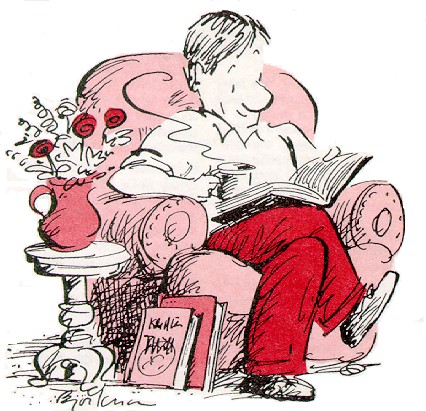
Alex Tang
Articles
- General
- Theology
- Paul
- Karl Barth
- Spiritual Formation
- Christian Education
- Spiritual Direction
- Spirituality
- Worship
- Church
- Parenting
- Medical
- Bioethics
- Books Reviews
- Videos
- Audios
- PhD dissertation
Spiritual writing
- e-Reflections
- Devotions
- The Abba Ah Beng Chronicles
- Bible Lands
- Conversations with my granddaughter
- Conversations with my grandson
- Poems
- Prayers
Nurturing/ Teaching Courses
- Sermons
- Beginning Christian Life Studies
- The Apostles' Creed
- Child Health and Nutrition
- Biomedical Ethics
- Spiritual Direction
- Spiritual Formation
- Spiritual formation communities
- Retreats
Engaging Culture
- Bioethics
- Glocalisation
- Books and Reading
- A Writing Life
- Star Trek
- Science Fiction
- Comics
- Movies
- Gaming
- Photography
- The End is Near
My Notebook
My blogs
- Spiritual Formation on the Run
- Random Musings from a Doctor's Chair
- Random Sermons from a Doctor's Chair
- Random Writings from a Doctor's Chair
- Random Spirituality from a Doctor's Chair
Books Recommendation
---------------------
Medical Students /Paediatric notes
Clint Eastwood's Flags of Our Fathers about the American invasion of the island atoll of Iwo Jima was shot concurrently with Letters from Iwo Jima. This is an ambitious projects as the director wants to show this famous battle in the Pacific from two perspectives- the invading American forces and the defending Japanese forces.
Letters from Iwo Jima is to show the Japanese version of the invasion with the dialogue in Japanese and Japanese actors. At certain points in the narrative, the two movies intersect and the audience can see what happened in an incident and why it happened the way it did. One example is what happened to Private Iggy. The heroic and strategic defence of Iwo Jima was due to General Tadamichi Kuribatashi (Ken Watanabbe) and his men. They managed to hold out against the Americans for 40 days; without air and sea support, and reinforcement from the motherland. Their orders were to defend until the last man. They ran out of food, water, ammunition, and yet fought the good fight. From the beginning, it was obvious it that was a lost battle. There were no way they can defend the island from the Americans.
My review of The Flags of Our Fathers is here.
Director Clint Eastwood tries to show how different the Japanese culture is from the American. When the Americans go to war, they expect to go home to parades, sweethearts, and families. The Japanese, we are told, was to think of themselves as already dead and are not expected to return home at all. They are expected to give their life for the Emperor and their country. Eastwood tries to bring this out in many ways during the movie.
Another feature is the Japanese sense of duty and hierarchy. While the Americans show some friendship between the officers and the enlisted men in Flags, in Letters, there is a hierarchical indifference. The movie Letters started with a Japanese captain beating a soldier with a stick for muttering "complaints against the homeland." Also prominent is the sense of protocol. It was amusing to note that during an evening dinner with General Kuribatashi, the aides were to serve three courses. As there was not enough food, the third course was an empty plate. However this was served with ceremony.
One has to understand the Japanese mind to understand the significance of this action.
One of the lessons that came across was their sense of honor and duty. And also their willingness to commit suicide for failure. When the Mountain section was lost, the commanders decide to commit suicide by blowing themselves up with grenades rather that to retreat, and regroup. I suddenly realise how hard it is to lead an army if they are so keen to commit suicide!

The similarities of the solders of both countries are clearly shown- their comradeship, their fears, their homesickness, and their difficulties. Glimpses were given of Japanese society during the war in flashbacks of soldiers. I think it is is wonderful project if it has succeeded.
We would have learnt so much more of Japanese and American culture. Unfortunately, Eastwood's advisers are Japanese Americans and what came across is an American's perceived idea of what the Japanese were thinking during the war. Though still a great movie and worth the watching, I am not convinced that I am actually watching the Japanese mind, culture, and thinking. .